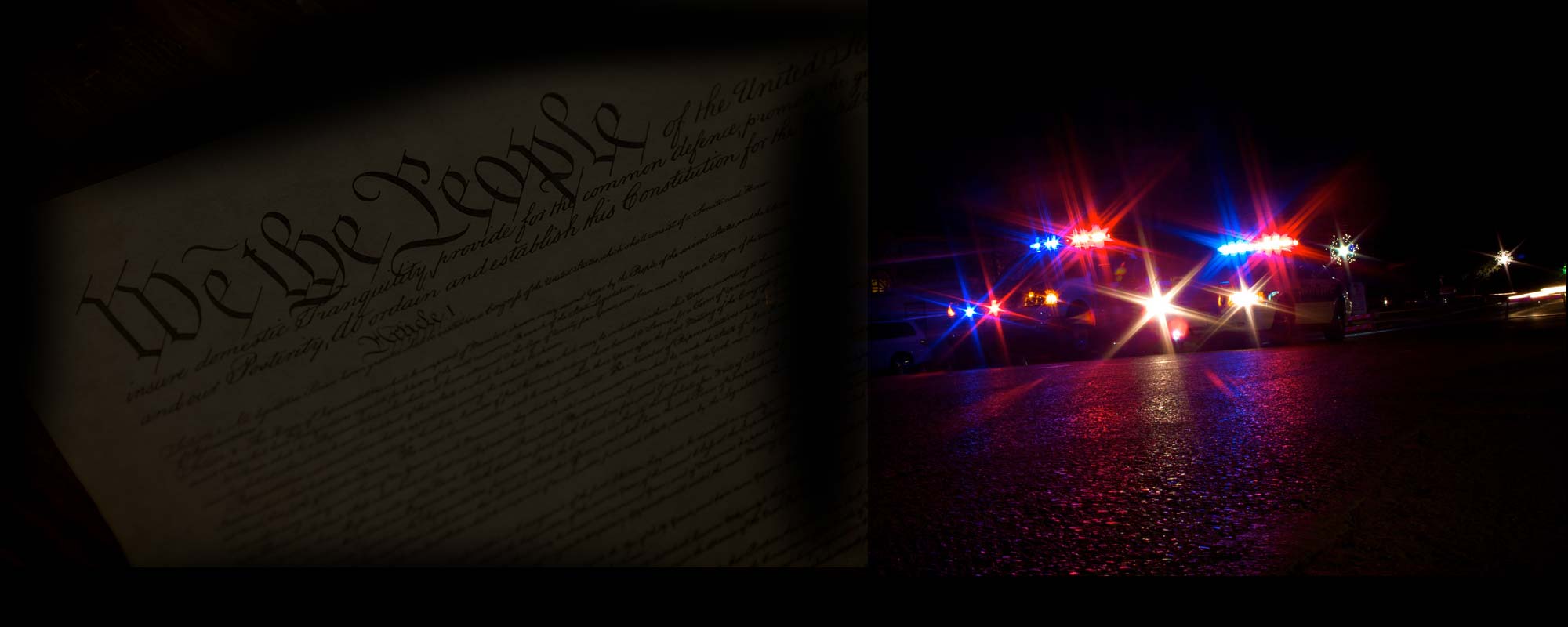In the wake of the July 2016 outbreak of shootings by the police during traffic infraction stops, I am compelled to update my advice in “A Toast to Silence” whenever you are stopped by the police, particularly in view of the shooting in Minnesota where the gentleman who was shot had advised the officer who stopped him that he was lawfully armed and had a concealed carry permit. As he was reaching for his credentials in his wallet, as directed by the officer, the officer fatally shot him, claiming he thought the gentleman was reaching for the weapon.
Anyone stopped by the police who is armed with a legally owned weapon concealed on his person and so advises the officer, should have, prior to the hitting the road, attached his driving credentials and concealed carry permit with a rubber band on the driver’s sunvisor. As the officer approaches, the driver’s hands should be motionless, and plainly visible on top of the steering wheel. When the credentials are requested by the officer, the driver should tell the officer where the credentials are located without any hand movement, and then ask the officer how he wants to proceed, telling him you are not taking your hands off the top of the wheel, and not going to do anything stupid like reaching to show the gun to the officer.
Hopefully, the officer’s dash cam or body cam will be recording what is transpiring, and will record the officer temporarily obtaining possession of the gun if he chooses to do so while he is going about the business of writing you a ticket. Under no circumstance, even if the officer tells you to show or give him the weapon, should you reach for it. Tell him exactly, verbally, without any hand movement, where it is and to obtain it for himself until the transaction is over, or to call for a backup officer or supervisor to come to the scene of the stop. DO NOT take your hands off the wheel during this process, and tell the officer that’s where your hands are remaining. When it’s time to sign the ticket, do so by reaching out the window with both hands. If the officer returns the gun at the conclusion of the stop, when you are free to drive off, ask the officer to place the weapon in the trunk of the vehicle. This gives additional assurance that you can’t readily have access to the weapon while the officer is out of his vehicle and vulnerable.
It may seem demeaning and/or humiliating to have to take such precautions when you are lawfully in possession of a firearm when an officer stops you, but humiliation is short lived; getting shot by a nervous or poorly trained officer is permanent. The first objective is to survive which starts with calm communication to the officer that you are not a danger to him or her. Believe it or not, the officer is, especially in a nighttime stop of a motor vehicle, just as afraid of you as you are of the police because they can’t see inside your car, and many assaults on an officer have come from nervous or frightened drivers with weapons inside their vehicles.
There is tension on both sides of a traffic stop. The name of the game is survival by everyone involved — driver, passengers and officers. That tension is heightened by the presence of passengers. They, too, should display visible, motionless hands, unless one of them is using a smart phone to record the event. That device should be open for view by the officer before he walks up to the driver’s door; do not be reaching for the phone or anything else as the officer approaches. The officer can lawfully order passengers out of the vehicle for his own safety, but he can’t lawfully order the discontinuation of using their video camera/phone. So long as that activity does not obstruct the officer or prevent him from doing his business with the driver, it is lawful to record this public event.
In combination with the advice given in “A Toast to Silence” about how to talk to an officer, the above recommendations should keep the stop to nothing more than what it’s supposed to be, a simple traffic stop that should end with a warning, ticket, or sometimes nothing.






